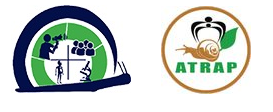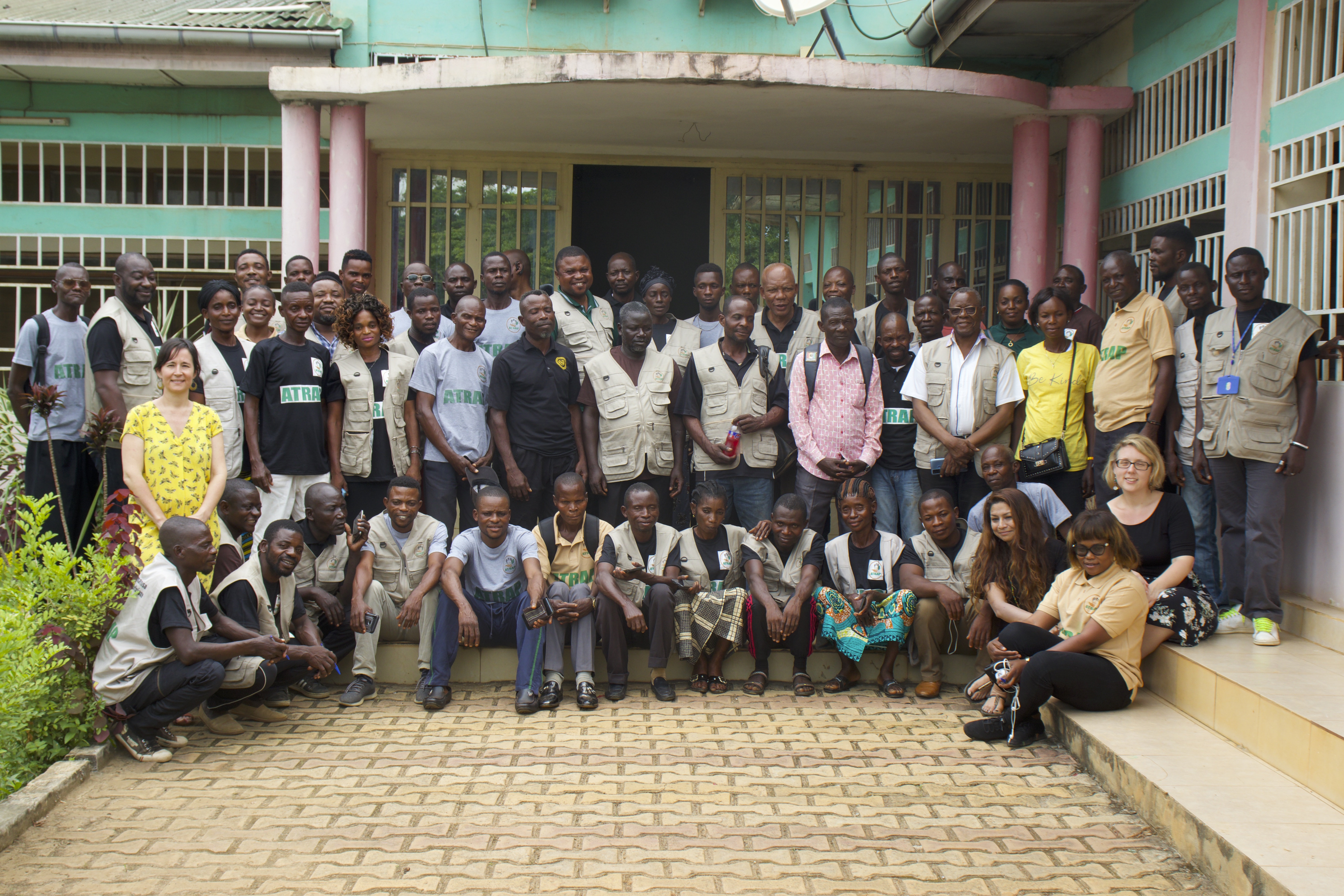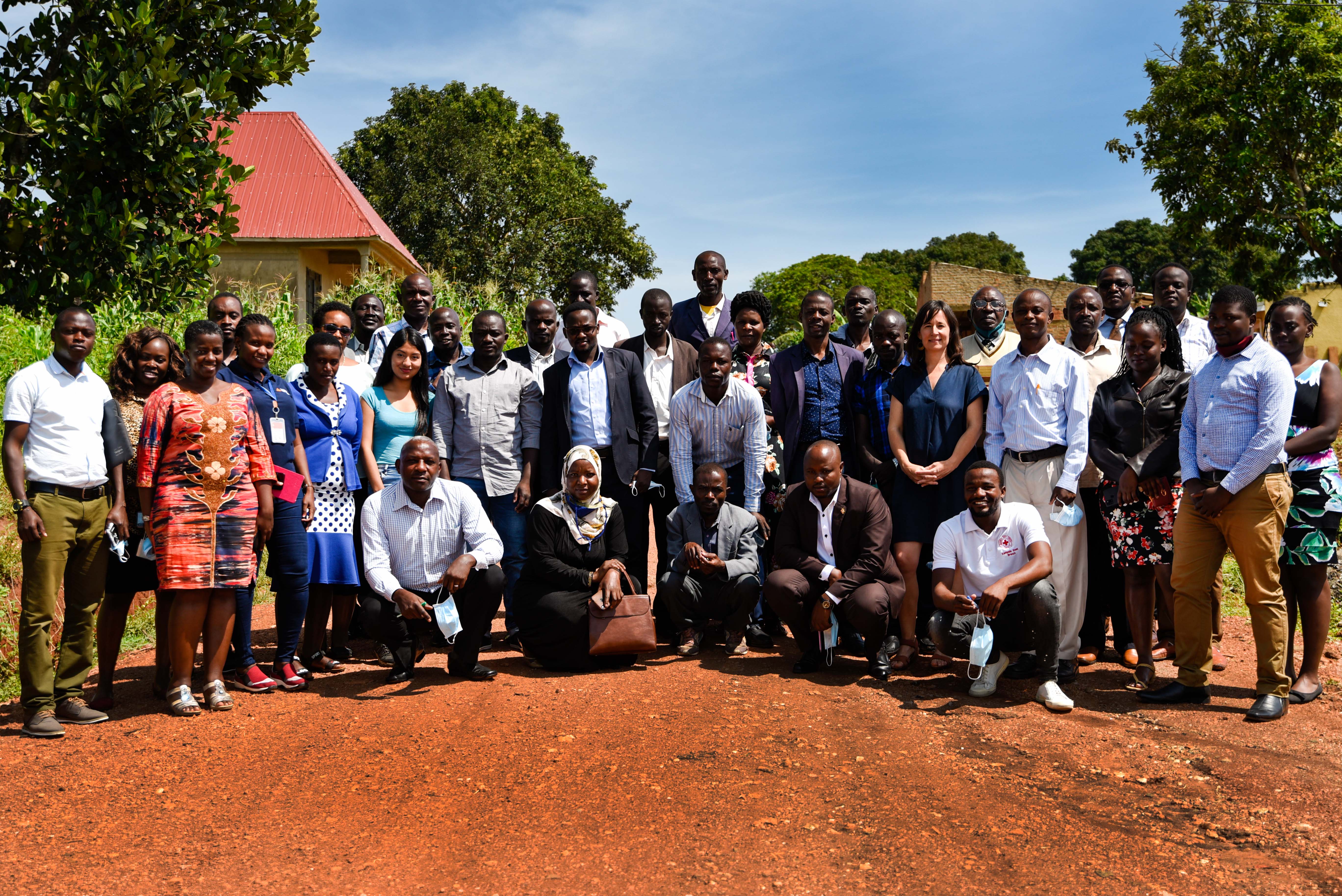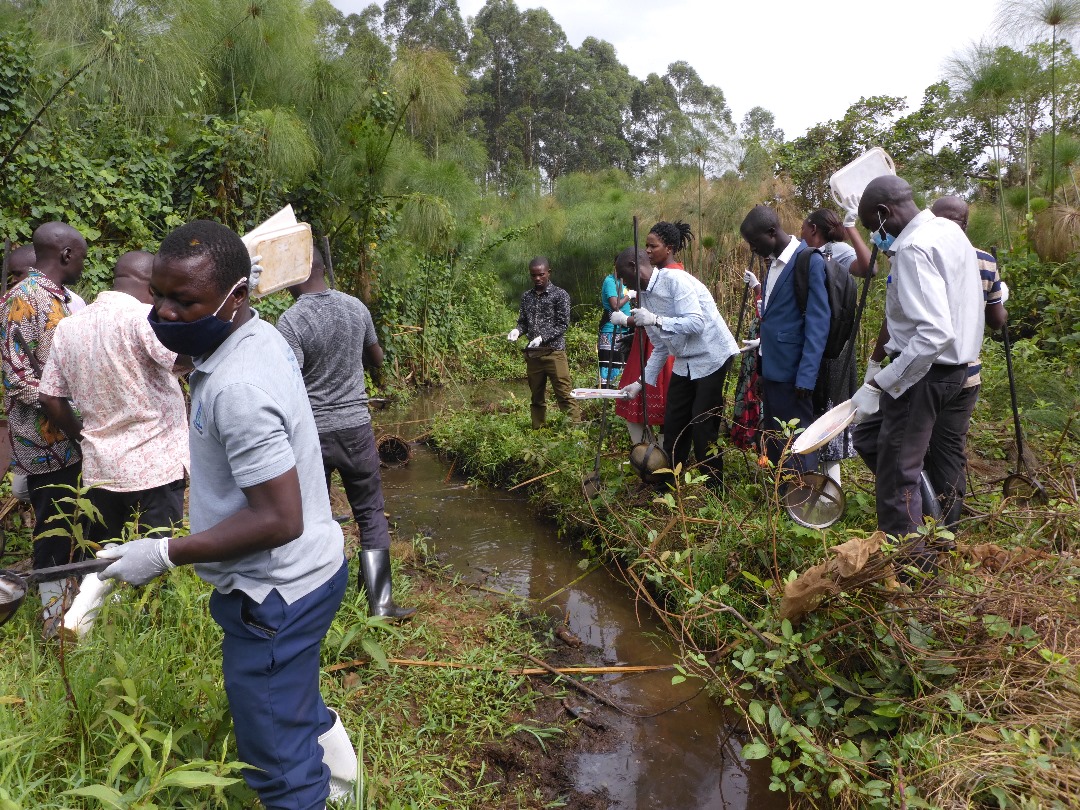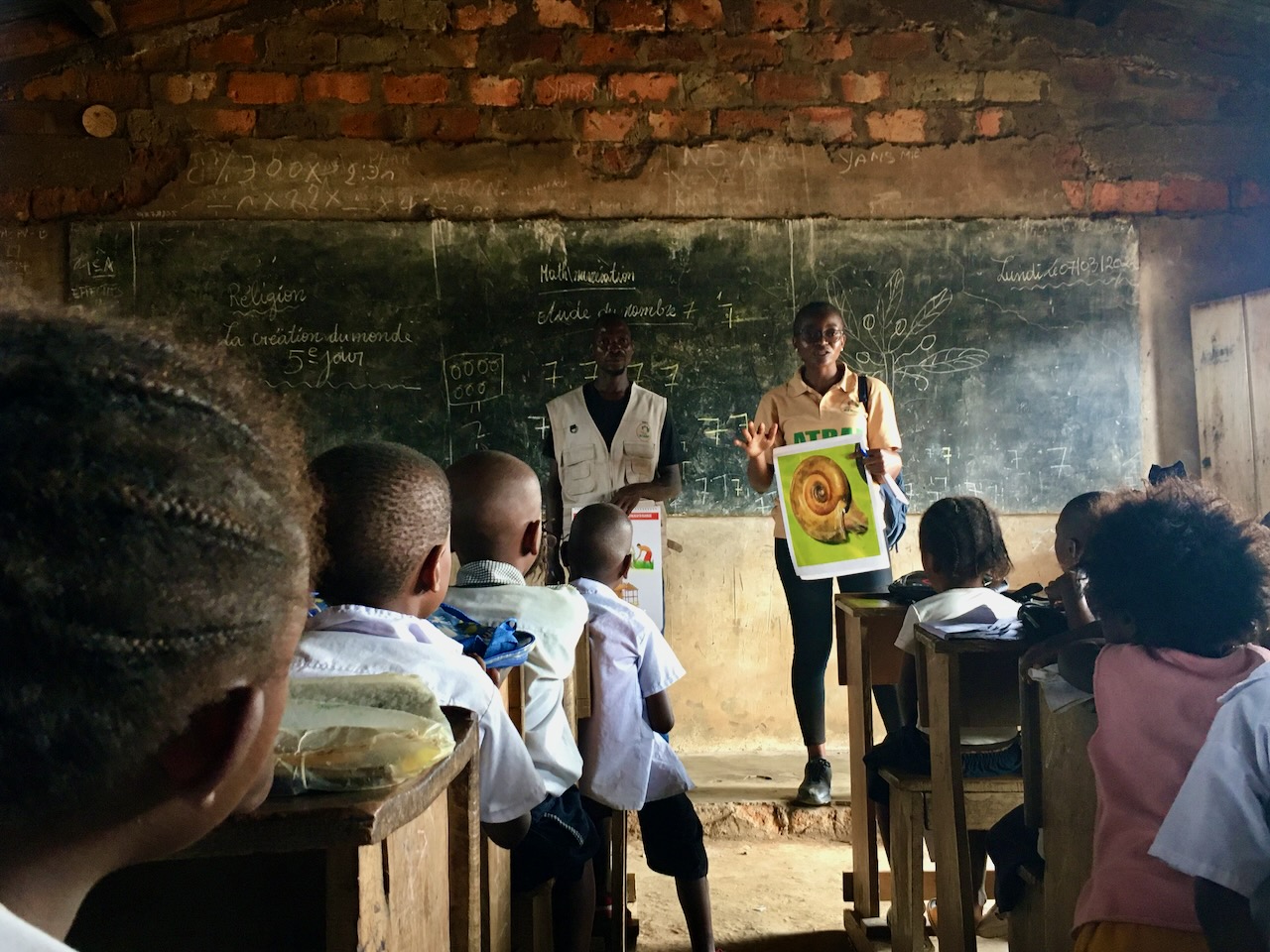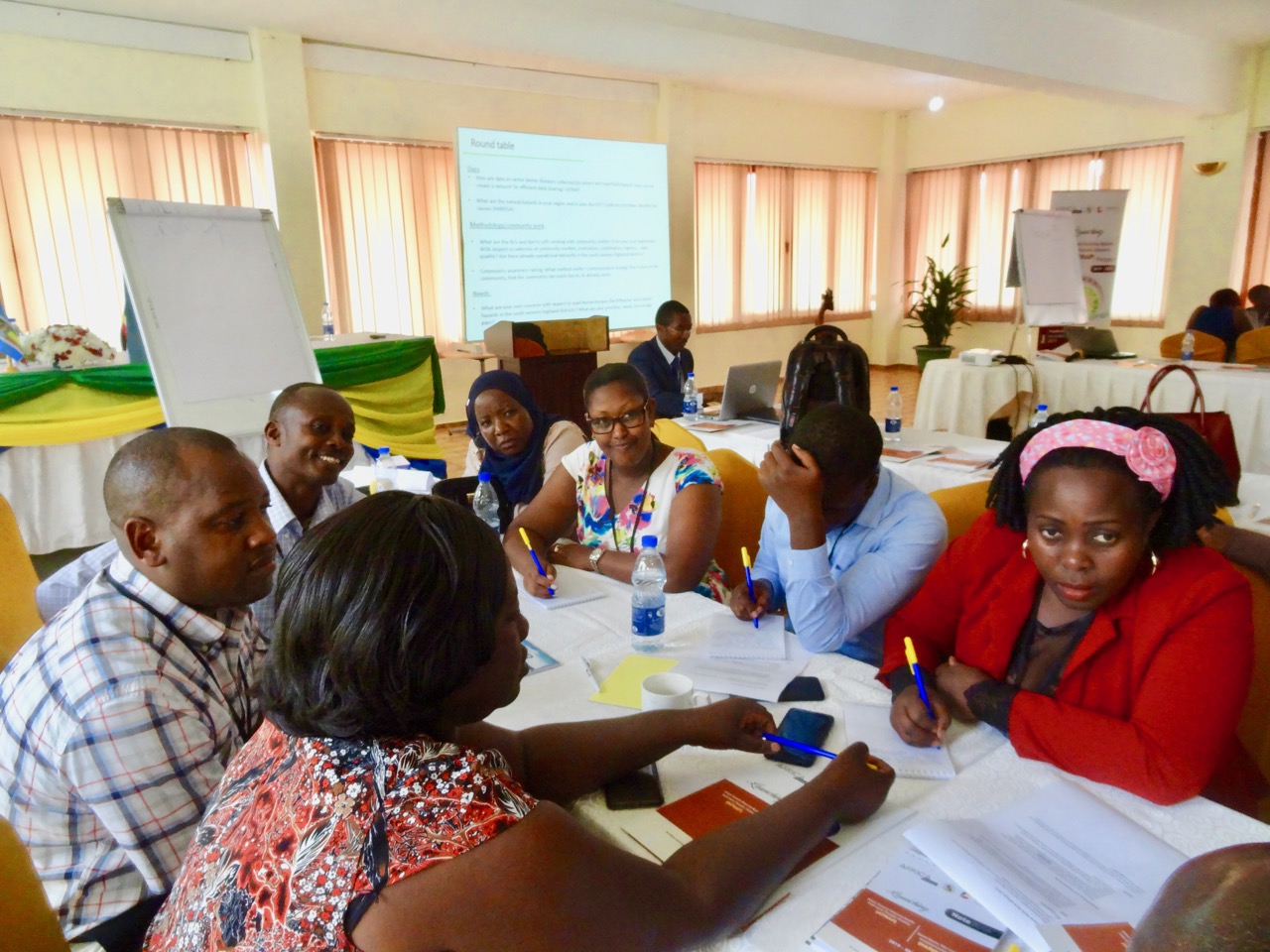About ATRAP
Vector-borne diseases such as malaria and schistosomiasis pose a significant public and veterinary health burden, especially in sub-Saharan Africa. While drug treatment remains essential, it is insufficient on its own. The World Health Organisation, therefore, recommends integrating vector control and community involvement. However, the lack of experts and vector distribution data hinders the development and implementation of targeted control measures. To address these challenges, ATRAP adopts the citizen science approach, which allows non-specialists to participate in vector monitoring. As such, local residents in selected communities in Uganda and DRC are actively involved in weekly data collection on vector populations and risky behavioural practices. In addition to collecting this valuable data, these local residents also act as communicators, raising awareness within the broader community. By collaborating with the local communities, ATRAP aims to generate the much-needed ecological data to create reliable risk maps and support policymakers in designing targeted control measures.
Our mission
The long-term goal of ATRAP is to contribute to healthier, more productive communities in Uganda and the Democratic Republic of Congo, free from vector-borne diseases (VBDs), specifically schistosomiasis and malaria. Guided by the African proverb, “If you want to go fast, go alone. If you want to go far, go together,” ATRAP embraces a transdisciplinary approach that brings together experts from diverse fields, specifically medicine, anthropology, ecology, epidemiology, and communication, while actively involving local communities through citizen science. By co-producing knowledge and interventions with those most affected, we aim to interrupt disease transmission at the local level and foster sustainable, community-led solutions.
Key elements of ATRAP
